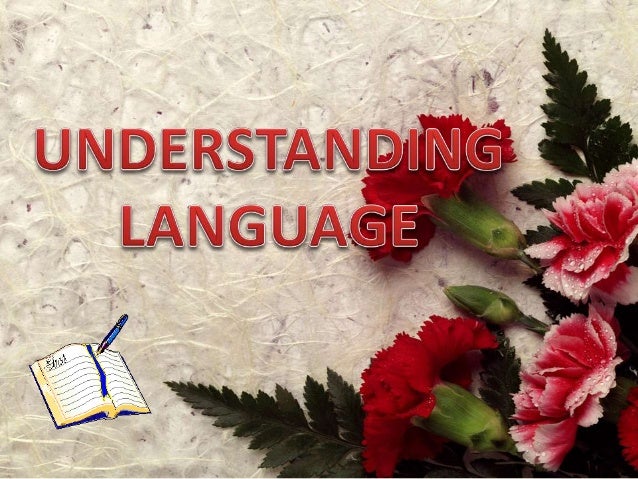Improve Parkinson’s Disease Psychological Symptoms with Mindfulness
By John M. de Castro, Ph.D.
“[Parkinson’s Disease] patients experience greater levels of stress than controls, and that stress worsens both motor and non-motor symptoms. Mindfulness may improve [Parkinson’s Disease] symptom severity, with the strongest effects on anxiety and depressed mood.” – Anouk van der Heide
Parkinson’s Disease (PD) is an incurable progressive degenerative disease of the central nervous system. The condition is caused by the death of nerve cells in the brain that produce the neurotransmitter dopamine. There are around seven million people worldwide and one million people in the U.S. living with PD and about 60,000 people are diagnosed with PD every year. PD is associated with aging as the vast majority of patients are diagnosed after age 50. In fact, it has been speculated that everyone would eventually develop PD if they lived long enough.
Its physical symptoms include resting tremor, slow movements, muscle rigidity, problems with posture and balance, loss of automatic movements, and slurring of speech. PD itself is not fatal but is often associated with related complications which can reduce life expectancy, such as falls, choking, and cardiovascular problems. PD also has psychological effects, especially cognitive decline, anxiety, and depression. Balance is a particular problem as it effects mobility and increases the likelihood of falls, restricting activity and reducing quality of life.
There are no cures for Parkinson’s Disease (PD) or even treatments to slow its progression. There are only treatments that can produce symptomatic relief. So, there is a need to discover new and different treatments. Mindfulness training has been found to improve the psychological symptoms and the quality of life with PD patients. PD patients often develop an unawareness of their motor symptoms. It is not known if mindfulness training may help make the patients more aware of their symptoms.
In today’s Research News article “Pilot Study of Mindfulness Training on the Self-Awareness of Motor Symptoms in Parkinson’s Disease – A Randomized Controlled Trial.” (See summary below or view the full text of the study at: https://www.frontiersin.org/articles/10.3389/fpsyg.2021.763350/full?utm_source=F-AAE&utm_medium=EMLF&utm_campaign=MRK_1784429_a0P58000000G0YfEAK_Psycho_20211202_arts_A ) Buchwitz and colleagues recruited otherwise healthy patients diagnosed with Parkinson’s Disease (average 64 years) and randomly assigned them to either a wait-list control condition or to receive 8 weekly 2-hour sessions of mindfulness training tailored for Parkinson’s Disease patients. Before and after training and 8 weeks later they were measured for awareness of their motor symptoms, cognitive ability, and Parkinson’s Disease symptoms.
They found that there was no improvement in general cognitive ability, motor performance, or awareness of motor symptoms by either group. But the mindfulness trained group had significant improvement in mindfulness, sleep quality, attentional ability, and language performance and reductions in anxiety, apathy, and impulsivity of eating behavior.
The findings are similar to those of others that mindfulness training improves the psychological well-being of patients diagnosed with Parkinson’s Disease. But it did not improve motor symptoms or the awareness of those motor symptoms. This suggests that mindfulness training should be incorporated into the routine treatment program for Parkinson’s Disease patients.
So, improve Parkinson’s Disease psychological symptoms with mindfulness
“mindfulness training for people with [Parkinson’s Disease] found significant reductions in anxiety, depression and distress about symptoms, along with improvements in memory and verbal fluency.” – Emily Delzell
CMCS – Center for Mindfulness and Contemplative Studies
This and other Contemplative Studies posts are available on Twitter @MindfulResearch
Study Summary
Buchwitz TM, Maier F, Greuel A, Thieken F, Steidel K, Jakobs V and Eggers C (2021) Pilot Study of Mindfulness Training on the Self-Awareness of Motor Symptoms in Parkinson’s Disease – A Randomized Controlled Trial. Front. Psychol. 12:763350. doi: 10.3389/fpsyg.2021.763350
ABSTRACT
Objective: This study aims to evaluate feasibility and effects of a newly developed mindfulness intervention tailored to specific needs of patients with Parkinson’s disease (PD).
Background: The phenomenon of impaired self-awareness of motor symptoms (ISAm) in PD might be reduced by increasing patients’ mindfulness. A PD-specific mindfulness intervention has been developed and evaluated as a potential treatment option: IPSUM (“Insight into Parkinson’s Disease Symptoms by using Mindfulness”).
Methods: IPSUM’s effectiveness is evaluated by comparing an intervention with a waitlist-control group. Applying a pre-post design, patients were assessed before, directly after and 8weeks after treatment. The primary outcome was the change in a quantitative ISAm score from baseline to post-assessment. Secondary outcome measures were PD-related affective changes and neuropsychological test performance. Feasibility was evaluated via feedback forms.
Results: In total, 30 non-depressed and non-demented PD patients were included (intervention: n=14, waitlist-control: n=16). ISAm score did not change significantly, but the training group showed greater performance in sustained attention and language tasks over time. Additional changes included greater mindfulness as well as less sleeping problems and anxiety. Cognitive disturbances, apathy, and sleeping problems worsened only in the waitlist-control group. Patients’ feedback regarding the training concept and material was excellent.
Conclusion: Insight into Parkinson’s Disease Symptoms by using Mindfulness has not been capable of reducing ISAm in PD patients but appears to be a feasible and effective concept to, among others, support mental health in the mid-term. It has to be noted though that the study was stopped beforehand because of the SARS CoV-2 pandemic. The lack of findings might therefore be caused by a lack of statistical power. The need for further research to better understand the mechanisms of ISAm and its connection to mindfulness in PD is highlighted.




